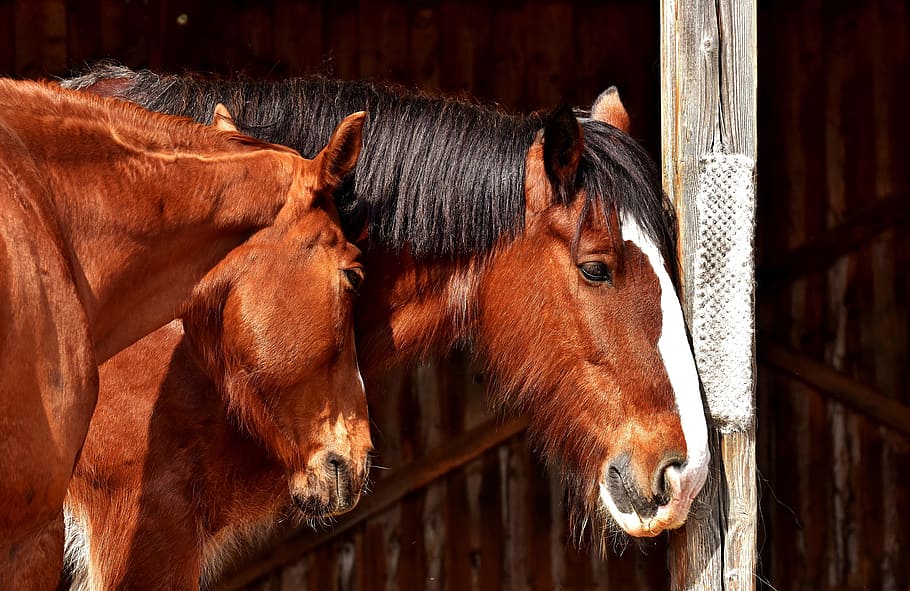Shoo Fly … Don’t Bother Me!-
Shoo fly, don’t bother me! Summer time is prime time for increased numbers of various types of flies that can irritate your horse and you. Put away that fly swatter because there are better measures that can be taken to limit the number of stable flies.

“Stable flies, horse flies, black flies, deer flies, sand flies and biting midge flies — so many flies. They all can bite your horse, draw blood and possibly cause allergic reactions,” notes Dr. Glennon Mays, clinical associate professor at the Texas A&M College of Veterinary Medicine & Biomedical Sciences.
“Flies will probably not be completely eliminated from your horse stable,” states Mays. “But, there are control measures that can be put in place to decrease the fly population in your horse facilities. Since stable flies are one of the most common summer pests your horse will encounter, I’ll focus on this fly.”
Stable flies feed on the blood of warm blooded animals, explains Mays. They pierce the skin with their mouth parts, lacerate the skin and then inject saliva which contains an anticoagulant that keeps the blood flowing. The bite can be painful and irritating. Depending on your horse’s skin sensitivity, there could also be a reaction to the bite. Stable flies usually feed during the early morning hours and again in the late afternoon. They also feed selectively preferring the legs and belly to other areas of your horse’s body.
“The female stable fly requires blood meals to produce viable eggs and surprisingly, eggs are deposited in decaying animal and plant waste, generally not in fresh manure,” notes Mays. “Fly larvae can develop in stable waste that is a combination of damp straw and manure, or under hay bales that are in contact with moist soil. In the warm summer, the entire life cycle from egg to adult can be completed in three to six weeks.”
The hot summer temperatures promote increased fly numbers, but sound sanitation practices in conjunction with other controls can limit stable fly populations, says Mays. Reduce larvae development by eliminating the environment where they can develop. Spread manure and stable bedding regularly so that it will dry out fast as possible. Modify drainage areas so that excess water is eliminated.
When stable flies finish feeding, they seek a place to rest and digest their blood meal. This instinctive habit makes way for control of adult flies with residual insecticides sprayed on stable surfaces, explains Mays. Sides of buildings (inside and outside), stall surfaces and fences are all areas where flies can be found resting. Residual insecticides can provide fly control over a period of time. Be sure to follow label recommendations for use, mixing and spraying.
“Sprays and dusts may be used to protect your horse, but these usually have short residual effect,” notes Mays. “Repellents containing DEET are better suited for mosquitoes rather than flies.”
The number of flies produced by a pair of stable flies and their offspring in the summer months is in the millions. Therefore, it is best to establish good fly control practices. A sound sanitation program is the first step needed to decrease stable fly populations at your horse facilities.
“It will take a combination of controls to decrease stable fly numbers. You need to implement measures to decrease fly breeding and larvae hatching. Any stable flies that make it through these stages should be chemically controlled with residual insecticides and direct animal applications,” explains Mays.
Knowledge of some basic stable fly facts in addition to good stable management practices will help you to have a winning chance to limit the pesky stable flies.
Pet Talk is a service of the College of Veterinary Medicine & Biomedical Sciences, Texas A&M University. Stories can be viewed on the Web at vetmed.tamu.edu/news/pet-talk. Suggestions for future topics may be directed to editor@cvm.tamu.edu.


